Staying above the line
Many years ago, Samantha Sutherland ran a team building session with my government communications team. We had been struggling with several issues internally, including the age-old combo of demanding clients and feeling undervalued.
As the manager, I was concerned it was all starting to wear my team down. I could see they were not operating as professionally as they once did, they were snapping at each other and their resilience was waning.
This was not the culture we had built. Above all, we prioritised customer service and our relationships. We were still a great team who produced a huge amount of work, but a little of the shine had come off.
In comes Samantha (insert superhero sound)! She introduced a tool that many of my ex-staff still refer to today. It was one that really stood out to me as having a significant impact, so I wanted to share it with you.
Above the line thinking.
This is a concept about what you value at work and how you act. It’s called above the line/below the line thinking.
The concept is that everyday things happen, but it is your response that determines if the outcome is a positive or a negative one. Above the line is behaviours that seek a positive outcome where you take personal responsibility. Below the line behaviours demonstrate denial, blame or excuses. It is a model that helps to define the way we think and behave.
How we applied it
In our team, we personalised this concept and added our own words. We made it a tool we could all understand and engage with. Something that was about us and used our language.
We printed posters and put them at all of the exits from our area in the office. You had to look at them before you left for a meeting.
If we saw someone in the team acting ‘below the line’ we gave each other permission to call it out. It could be as simple as “don’t forget to stay above the line” or “are you a bit below the line?”. My staff used it to ask for help, “I am feeling below the line”.
It became a common language. It created a comradery, a way that teammates could support each other and be vulnerable safely.
We talked about it in team meetings, in the kitchen and in one on one conversations. It became how we acted and behaviours we held each other up to. In short, it became part of our culture.
I loved this tool as a manager, it provided me with clear expectations for how my staff should behave and operate in the workplace. It allowed me to have difficult conversations knowing that my staff had already brought into the concept.
What about me?
Does this sound like something that your team needs? A way that you can safely create better behaviours. Not sure how to start or how to embed in it your team?
We deliver engaging team building sessions that will help create a strong, positive and lasting team culture, including tools and resources to support your team to be on their best behaviour at all times. Give us a call we would love to help!

